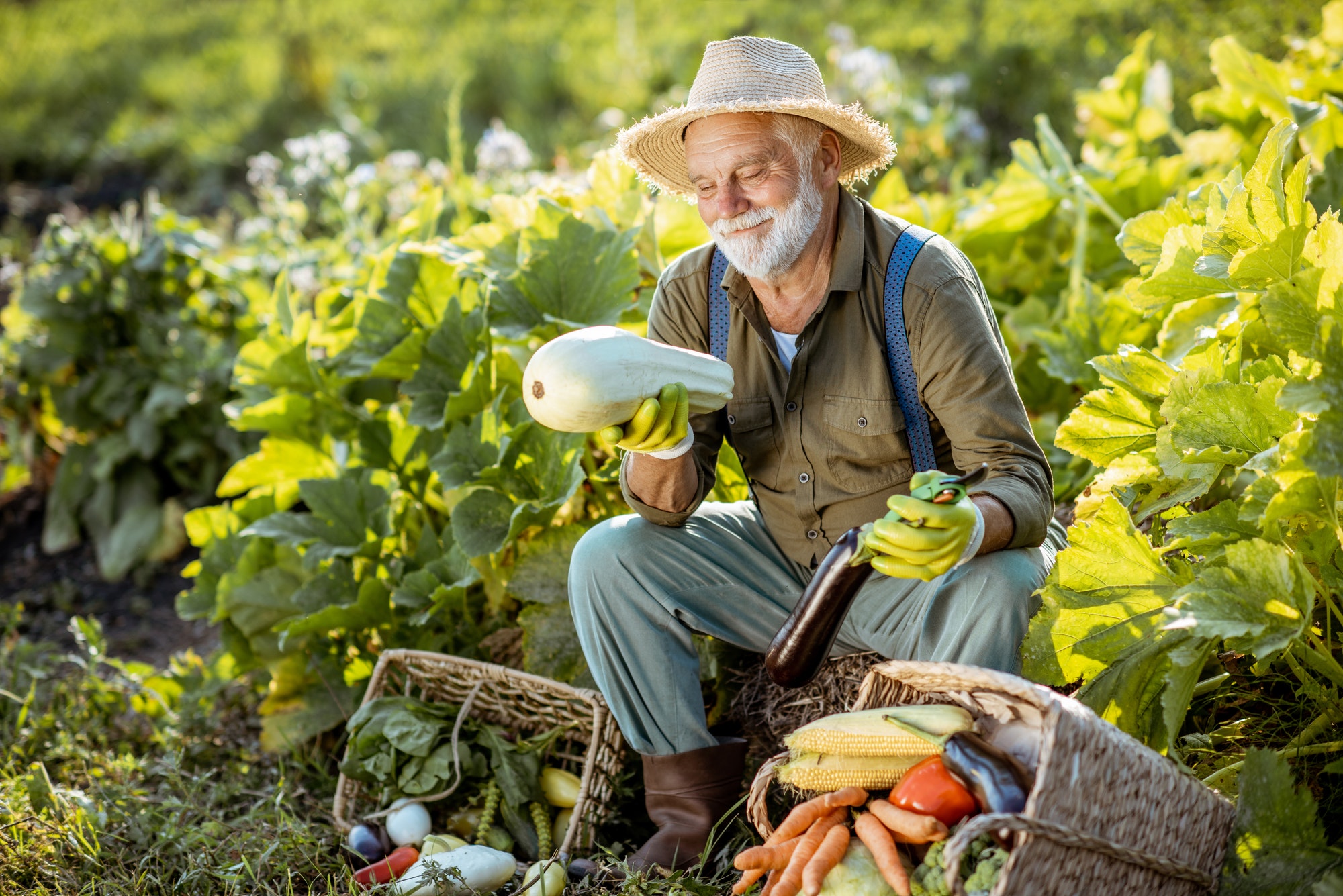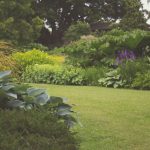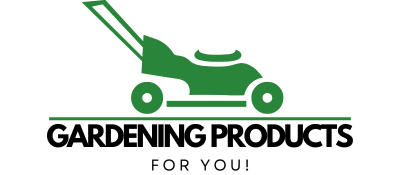
Annual Flower Varieties For Summer Gardening
On 2022-06-04 by Donald EdwardsA good way to know when to plant your plants is by using the USDA’s hardiness zone guide. Each location in the United States has different climates, so they are all grouped into hardiness zones according to their average annual minimum temperature. The lowest zone is called Zone 1, while the warmest zones are numbered higher. Knowing which plants grow well in your area can help you select the right landscape plants. To find your hardiness zone, check the USDA’s website or contact your local Extension agent.
Annuals are typically used in flowerbeds and borders. They usually make up the entire planting, and provide continuous summer color near the front of a border. You can also mix annuals with woody ornamentals, perennials, and ornamental grasses to add color to a dull area. Whether you’re using annuals to create a border or interplant them with spring-flowering bulbs, annuals can be a versatile addition to any yard.
Perennials are popular with flowering annuals, but they also look great together. They’re more expensive, but you’ll get more blooms for your money. Perennials have shorter flowering times, so you’ll get more for your money by using different varieties of perennials. If you’re not a fan of the short blooming periods of annuals, choose perennials that flower for several months each year.
Perennials are great for containers and the back of a border. These flowers come in an endless range of colors, textures, and sizes. Some perennials, such as black-eyed Susans, purple coneflowers, and coreopsis var. moonbeam, are popular choices for gardeners. You’ll have no problem finding a perennial that looks perfect in your garden. Just remember not to squish it in.
Decide where your garden is going to get most of its sunlight. In northern hemisphere climates, it’s best to plant tender annuals in the back garden and avoid planting them in the cold. However, they’ll be less likely to bloom during colder months. Listed below are several common annuals that can flourish in different climates. While they’re easy to care for, they’ll give you plenty of blooms throughout the summer months.
The hardiness of plants is determined by how hard it is to survive subfreezing temperatures. Cold hardiness is affected by a variety of factors. Plants that are gradually accustomed to colder temperatures will be more likely to survive the cold than plants that don’t get enough nutrients. Ensure that your plants are adequately fertilized so that their leaves and roots are protected. The higher their hardiness, the better they’ll grow in cooler temperatures.
Some plants may need to be divided. Dividing is a common process in gardening, and often takes place during dormancy periods. Plants may need to be divided to maintain their peak performance. Deer tend to eat whatever is available. In this case, it’s a good idea to keep your plants dividing at the correct time. It’s important to be careful when dividing plants, as each new division will require significant stem and root growth.
- Ooni Pizza Oven and Patio Heater: The Ultimate Outdoor Cooking and Comfort Combo

- Outdoor Heating and Indoor Plants: Enhancing Comfort and Style in Your Home

- Creating a Pet-Friendly Home with Stylish Decor: Tips from the Pet Shop

- Exploring Ardcarne Garden Centre and Boyle Garden Centre: A Garden Lover’s Guide in Roscommon

- Creating the Perfect Home Sanctuary: Outdoor Heating and Indoor Plants

- Enhancing Your Outdoor Space: Garden Furniture and Pet Shop Essentials

- Enhance Your Outdoor Cooking Experience: Weber BBQ and Pizza Oven

- Bark United Kingdom: Your Go-To Platform for Pet Services
- The Sizzle of Success: Weber BBQs in Ireland
- Title: Enhance Your Garden Oasis: Must-Have Products for Every Gardener
